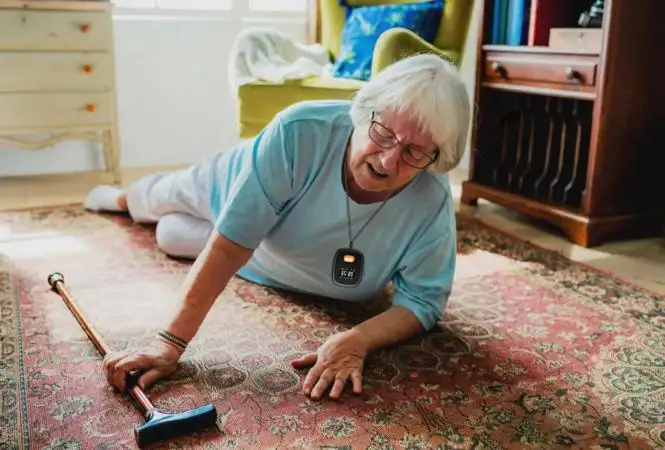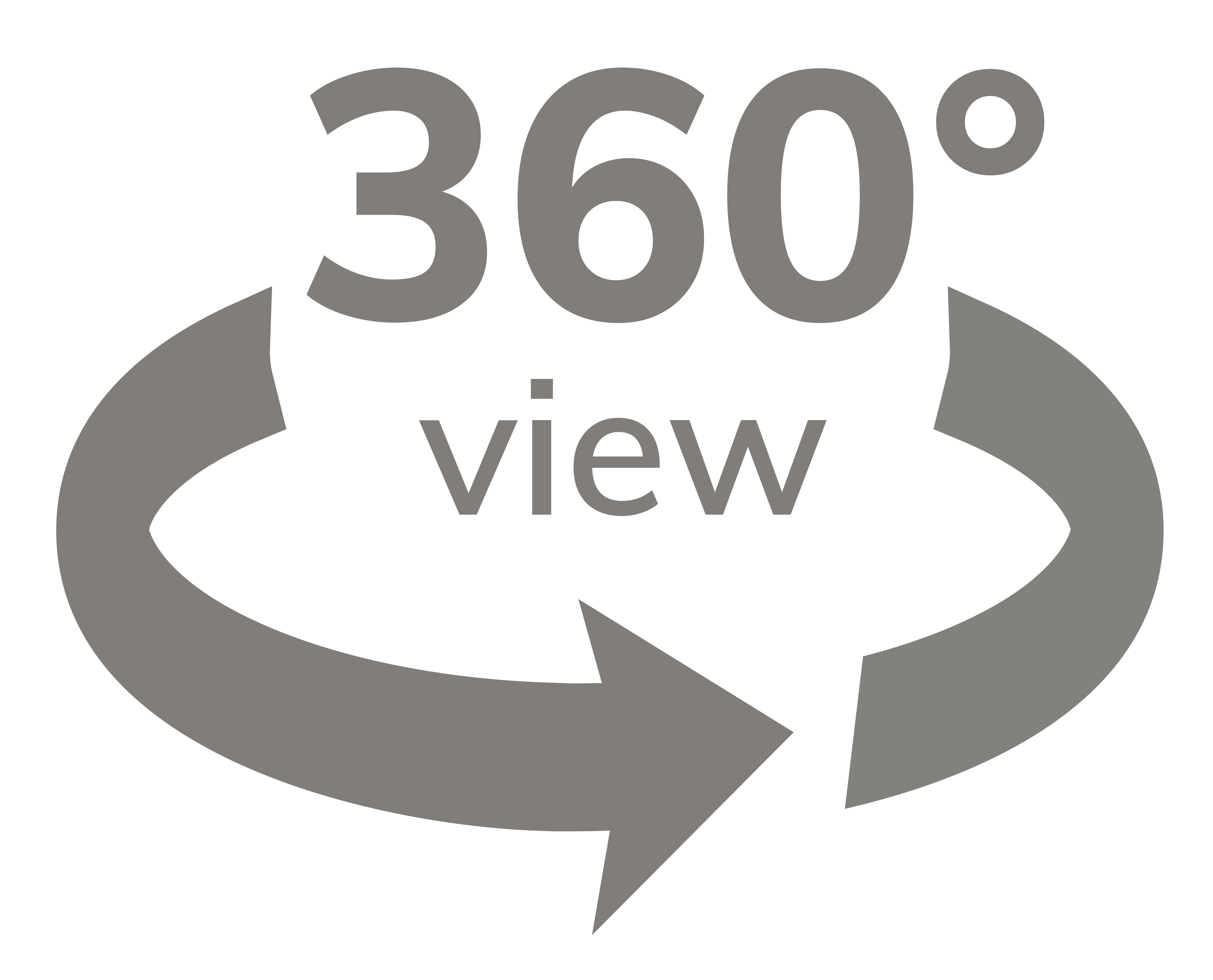Understanding Heart Rate Monitoring Technology in Smartwatches
2025-05-28

Heart rate monitoring in smartwatches helps people stay healthy and informed. It shows how your heart is working at any moment. This feature is now a standard in most modern smartwatches. This technology is helpful in many ways. It supports fitness tracking, helps manage health conditions, and provides real-time health alerts. It is also very useful for older adults who need constant health monitoring.

What Is Heart Rate Monitoring Technology?
Heart rate monitoring technology refers to tools that measure your heartbeats per minute. It helps users understand their physical and emotional states. This feature makes smartwatches more than just timekeepers.
The Basics of Heart Rate Monitoring in Wearables
What Does Heart Rate Monitoring Do?
Heart rate monitoring in smartwatches tracks your pulse. It shows how fast or slow your heart beats. This can change based on exercise, stress, or rest.
How Smartwatches Give Real-Time Data
Smartwatches have tiny sensors that collect data from your wrist. They show results right away. This helps users make quick decisions about their health.
What Is a Smartwatch Heart Rate Sensor?
A smartwatch heart rate sensor is usually found on the back of the watch. It uses light to measure your heartbeat. This method is safe and painless.
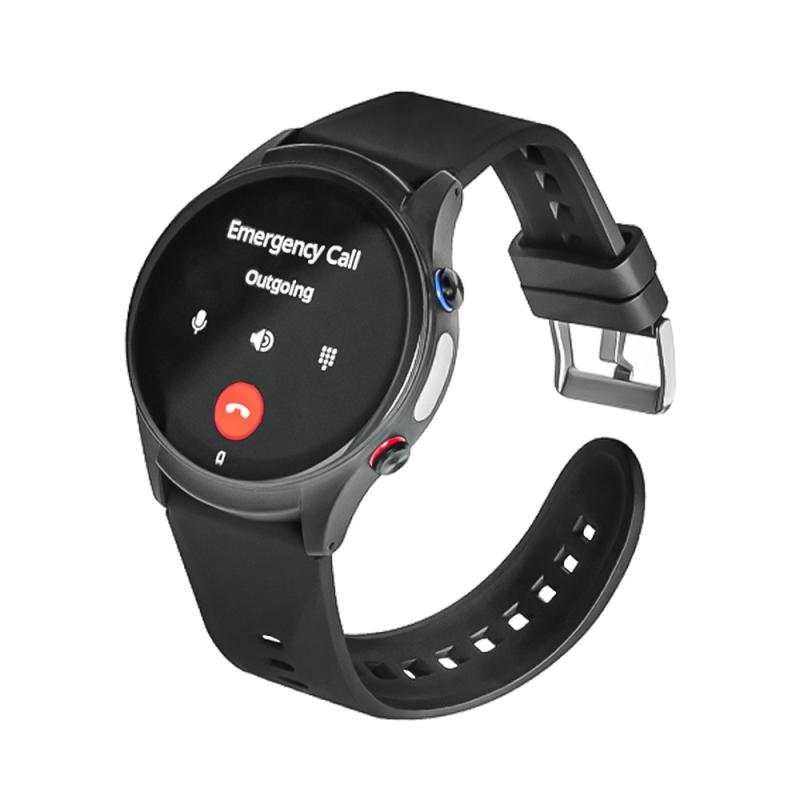
How PPG Heart Rate Monitoring Works
Simple Explanation of PPG
PPG stands for Photoplethysmography. It is a common method for heart rate monitoring in smartwatches. It works by shining a light onto your skin.
How the Process Works Step-by-Step
- The smartwatch shines green light on your wrist.
- Blood absorbs the light more than other tissues.
- The sensor sees how much light comes back.
- Changes in the light help count your heartbeats.
Role of Optical Heart Rate Sensor Technology
PPG heart rate monitoring depends on optical sensors. These sensors use light to get data. They are important for accurate heart rate monitoring in smartwatches.
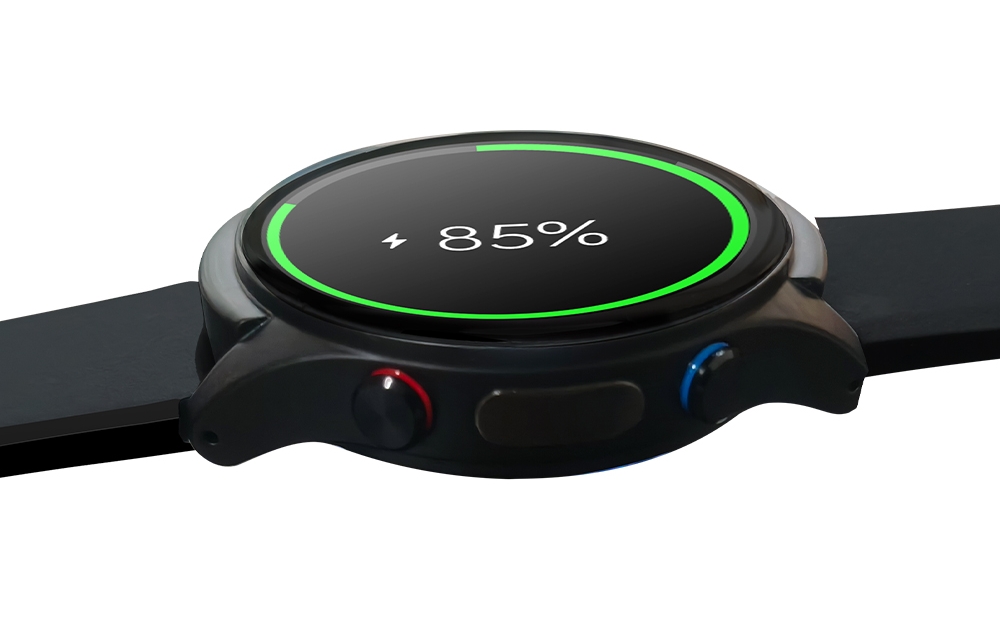
Importance of Accurate Heart Rate Monitoring
Track Fitness with Better Heart Data
Accurate heart rate monitoring in smartwatches helps users train smarter. It shows how hard you are working during exercise. You can see how many calories you burn and which heart rate zone you're in. This helps people reach their fitness goals faster and safer.
Understand Rest, Stress, and Heart Health
Your heart rate gives clues about your overall health. A normal resting heart rate means your heart is working well. High rates at rest may show stress or other issues. Heart rate monitoring in smartwatches lets users spot these changes early.
Essential Alerts for Elderly Users
For seniors, this technology is especially useful. Smartwatches can send alerts when heart rates are too high or too low. This can help family or caregivers act fast. It brings peace of mind to older users and their loved ones.
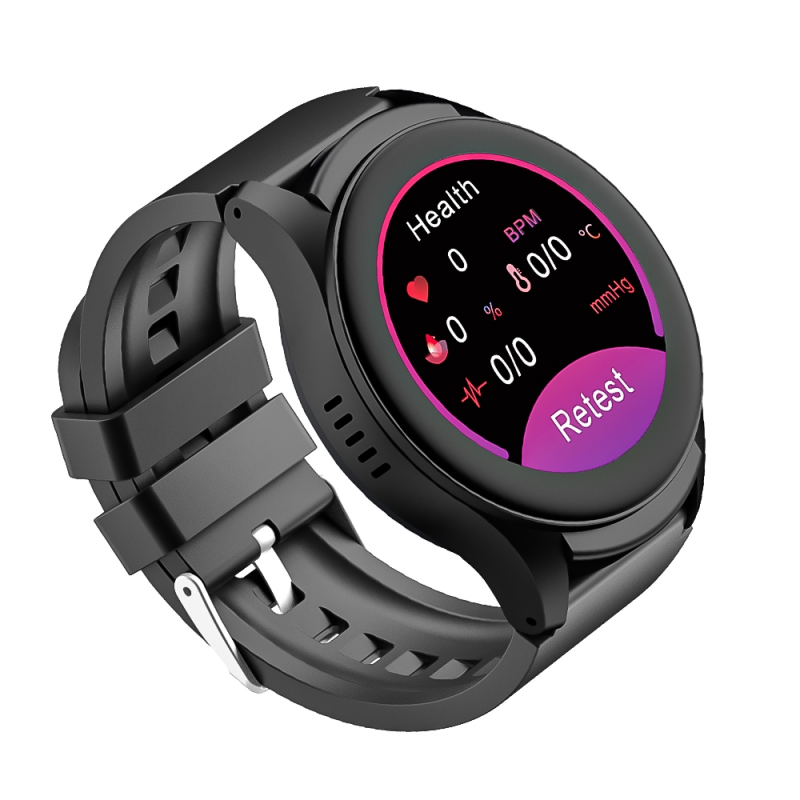
Factors That Influence Accuracy
Skin Type, Movement, and Watch Fit Matter
The accuracy of heart rate monitoring in smartwatches can change with different skin tones. Tattoos and thick hair can affect results too. A loose or moving watch may give false readings. For best accuracy, the watch should sit snug on your wrist.
Battery Life and Monitoring Style
Some smartwatches check your heart rate all the time. Others do it every few minutes to save battery. Continuous tracking is better but uses more power. Heart rate monitoring in smartwatches often balances between accuracy and battery life.
How Smart Algorithms Help
New smartwatches use better software. These tools filter out wrong signals from movement or poor fit. They use machine learning to study your patterns. This makes heart rate data more stable and trusted over time.

Future Trends in Heart Rate Monitoring Technology
Smarter Sensors with ECG and PPG
Heart rate monitoring in smartwatches is becoming more advanced. New models use both ECG and PPG sensors. This gives more complete heart data. It helps users track their health in a deeper way.
AI Makes Health Tracking Smarter
Artificial intelligence is now part of smartwatch health features. It studies your heart data and finds trends. It may one day give health advice or warn you about problems early.
What We Are Doing as a Manufacturer
As smartwatch makers, we work hard to improve every part of heart rate monitoring in smartwatches. We test new sensors and smarter algorithms. Our goal is to make devices that help all users - young, old, active, or resting - feel safe and informed every day.
Conclusion: Choosing the Right Smartwatch
Heart rate monitoring in smartwatches is essential for smart health tracking. Whether you're focused on fitness or senior care, choosing a device with advanced PPG and optical heart rate sensor technology is key. These features offer accurate, real-time insights you can trust. Don't settle for less - invest in your health today. Explore, compare, and choose the smartwatch that puts your heart first.


